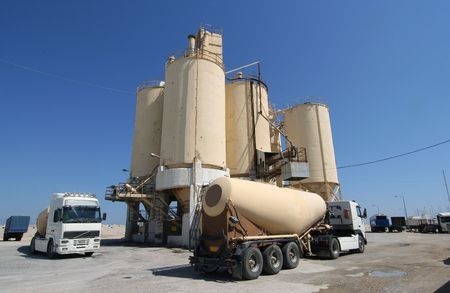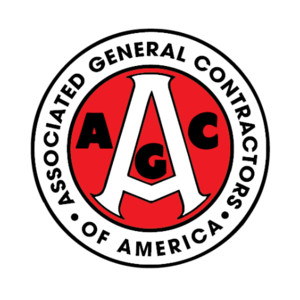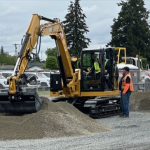Governor Inslee announces new carbon-reduction plan
 Gov. Jay Inslee recently announced his revised carbon-reduction rule. Ash Grove Cement and Nucor Steel are among the businesses impacted by the rule.
Gov. Jay Inslee recently announced his revised carbon-reduction rule. Ash Grove Cement and Nucor Steel are among the businesses impacted by the rule.
Under the proposed Clean-Air Rule, natural-gas distributors, petroleum-fuel producers and importers, large manufacturers, electricity-generating plants, waste facilities and other organizations that are responsible for more than 100,000 metric tons of greenhouse gases will be required to reduce their emissions or sponsor projects to offset those emissions beginning in 2017. Every three years, the threshold will be lowered and more emitters brought into the program, through 2035.
Nucor Steel and Ash Grove Cement are categorized as energy-intensive and trade-exposed (EITE) facilities, as such their compliance commences in 2020.
Also affected by the rule are oil refiners and importers which will carry much of the burden of reducing greenhouse gases. Washington oil refineries and fuel importers would be responsible for reducing emissions they produce at their plants, and also the carbon released by vehicles that burn the diesel and gasoline they sell in the state.
Refiners would have several options for reducing those emissions, including investing in projects in Washington state, such as trapping methane gas at landfills or buying carbon credits in out-of-state markets.
Ecology officials said they had no estimate on how much more consumers could expect to pay at the gasoline pump and on electric bills. But they described the impact as “relatively small.” However, previous carbon proposals by the Governor would have increased the price of gas by as much as 44 cents, according to the Governor’s office.
Organizations covered under the rule will be required to reduce their emissions by an average of 1.7 percent each year, beginning from a baseline determined by their average emissions between 2012 and 2016.
Organizations covered by the rule have several options to meet their reduction requirements. Some facilities may find efficiencies that go beyond their reduction requirements. These businesses could trade or sell their excess reductions to other emitters in the program. Alternatively, an organization in the program could fund projects that reduce carbon pollution in the state, such as dairy digesters, renewable power, or commute trip reduction plans. They could also purchase allowances from other established multi-sector carbon markets as approved by the Department of Ecology.
In order to accommodate businesses restarting, expanding or relocating to Washington without raising the state’s overall emissions, the rule establishes a reduction reserve that facilities can draw from as they grow. The rule also makes provisions to recognize energy-intensive businesses competing in highly competitive international markets.
Meanwhile, Initiative 732, establishing a different carbon-reduction strategy, will be on the November ballot. I-732 is an initiative to the Legislature that would impose a carbon emission tax on the sale or use of certain fossil fuels and fossil-fuel-generated electricity, at $15 per metric ton of carbon dioxide in 2017, and increasing gradually to $100 per metric ton (2016 dollars adjusted for inflation), with more gradual phase-in for some users. It would reduce the sales tax rate by one percentage point over two years, increase a low-income sales tax exemption, and reduce certain manufacturing taxes.
It was intended to be “revenue neutral” as far as state revenues go (but of course, among individuals and industries, there would be winners and losers), but recent analyses conclude that it would be a revenue loser by about $700 million annually, due to an error in drafting that inadvertently gives a new tax break on the sale of commercial airplanes.
What the interplay would be between I-732, should it pass, and the Governor’s rule remains to be seen.
For more information on the proposed carbon rule, click here. The public comment period is open.
For questions, call or email AGC Chief Lobbyist Jerry VanderWood, 360.352.5000.








